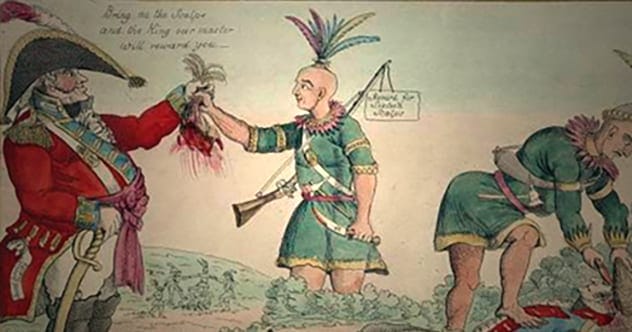In today’s world, fact-checking is at our fingertips. Hoaxes, pranks, and scams are common, and most people can spot them instantly. Information spreads globally in seconds, and anything online is quickly verified by countless individuals.
However, before the internet age, when news traveled slowly, deception was much easier. Once a rumor started, it was hard to stop, often becoming ‘fact’ for months or even years. These stories might seem crazy today, but they once amazed, confused, or scared even the smartest people!
The Patagonian Giants
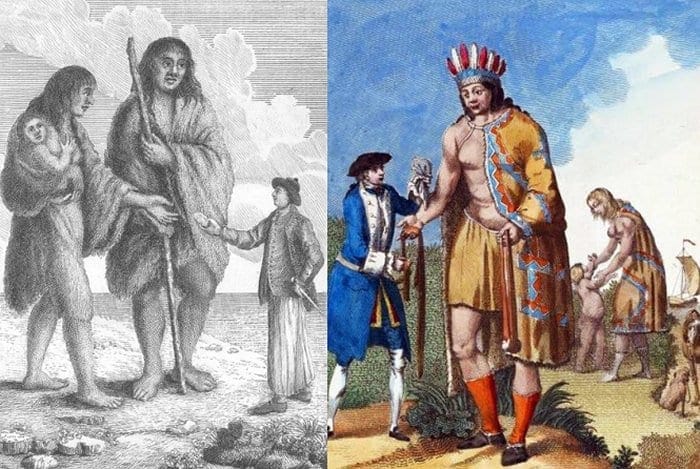
First mentioned in the 1520s, the tale of 12-foot-tall giants in Patagonia, South America, was shared by explorers for over 200 years. In 1766, Commodore John Byron returned to London after sailing around the world on the HMS Dolphin. Stories from his crew spread, and the rumor appeared in print on May 9th, 1766, in the Gentlemen’s Magazine. Newspapers quickly picked up the story, reporting giants of nine feet tall.
Although many doubted the rumors, a full account of Byron’s journey was released seven years later. It revealed the tallest “giant” was only 6 feet 6 inches—tall for the time but not a giant.
Solar Armor

Perhaps inspired by science fiction, this bizarre story emerged in 1874. A Nevada newspaper, the Territorial Enterprise, told the sad story of inventor Jonathan Newhouse. He supposedly invented a way to beat the desert heat and walked from Virginia City to Death Valley in his “Solar Armor.”
The armor was described as a sponge suit cooled by a “frigorific mixture.” Sadly, it worked too well, and Newhouse was found frozen solid with a foot-long icicle on his nose. Newspapers worldwide reprinted the story, later revealed as satire by Dan De Quille, a colleague of Mark Twain.
The Native of Formosa

In the early 18th century, Europeans knew little about Asian culture, making them believe strange tales from the Orient. When a man appeared, claiming to be from Formosa (modern Taiwan), his odd customs convinced many. He had blonde hair, white skin, and spoke with a Dutch accent.
His customs were strange: babbling in an unknown language, eating raw meat, sleeping upright, and worshiping the sun and moon. Baptized in Scotland, he became George Psalmanazar and traveled to England, where he was celebrated and even published a book about Formosa. However, critics arose, and in 1706, he confessed he was an impostor.
Princess Caraboo
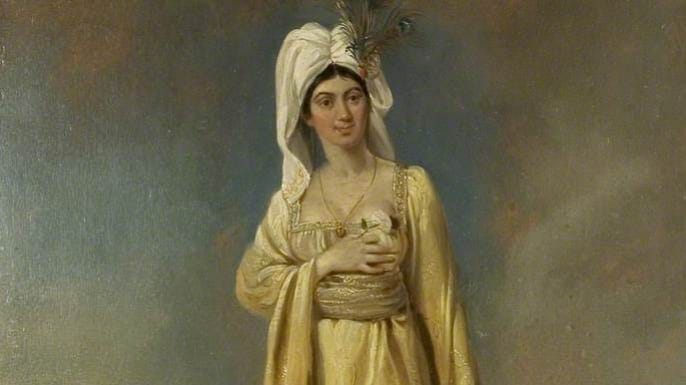
Nearly a century later, the English fell for another impostor. On April 3rd, 1817, a woman arrived in Almondsbury, speaking no known language and wearing a shawl like a turban. A local magistrate and his wife took her in and learned her name was Caraboo. A sailor claimed to speak her language, saying she was a princess from Javasu, abducted by pirates but escaped.
The family told the newspapers, but this fame exposed her. A woman recognized her as Mary Baker, a former servant.
The Shakespeare Forgeries
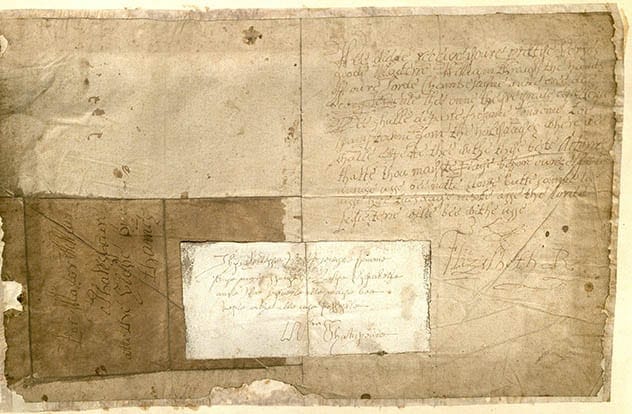
What does a neglected child do? In this case, create forgeries of his father’s idol, deceiving him completely. Samuel Ireland, a bookseller and Shakespeare fanatic, sought items for his collection. In 1794, his son William brought him a mortgage document supposedly signed by Shakespeare, found in estate papers.
Samuel was thrilled, and William continued the forgeries, including a love letter to Anne Hathaway and a lost play, Vortigern. Despite suspicions, the paly was performed once, though the actors realized it was a farce.
Scalps by Mail
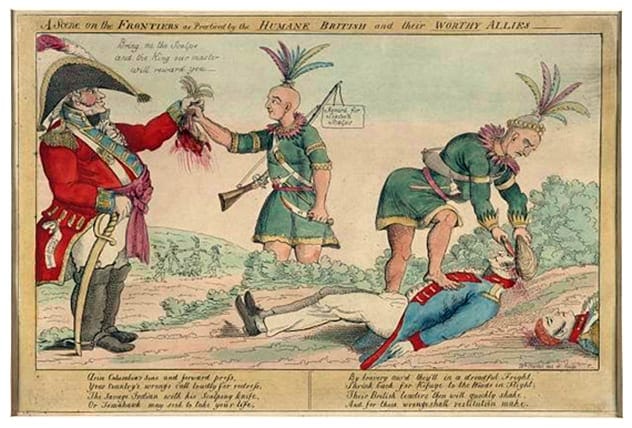
Not all hoaxes are just for deception. Benjamin Franklin printed a fake newspaper, Supplement to the Boston Independent Chronicle, to aid the American war effort in 1782. It claimed American Indian warriors sent hundreds of scalps of women and children to British Royalty and Parliament.
This shocked the public and turned opinion against the British, even after it was revealed as untrue.
Vrain Lucas
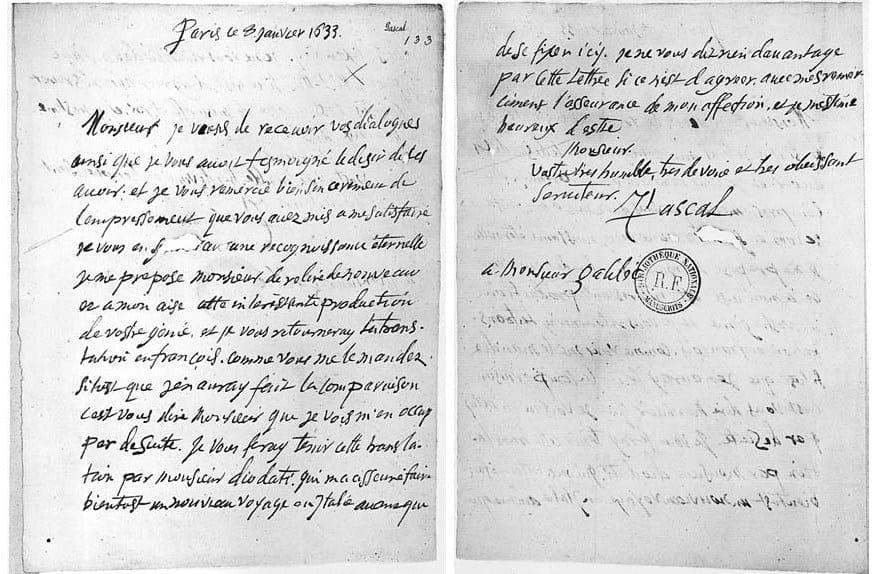
Vrain Lucas was perhaps history’s most ambitious forger. In 1851, he met Michel Chasles, a French mathematician, and showed him letters supposedly written by Joan of Arc and Charlemagne. When Chasles bought them, Vrain wrote letters from Julius Caesar, Aristotle, Shakespeare, Mary Magdalene, Alexander the Great, all praising France.
Chasles didn’t notice obvious errors: all letters were in French on the same watermarked paper, even those supposedly written before paper existed. After thousands of letters and eighteen years, Chasles caught on, and Vrain was jailed for two years. His greatest forgery, a letter from Jesus in French, went undelivered.
The Turk
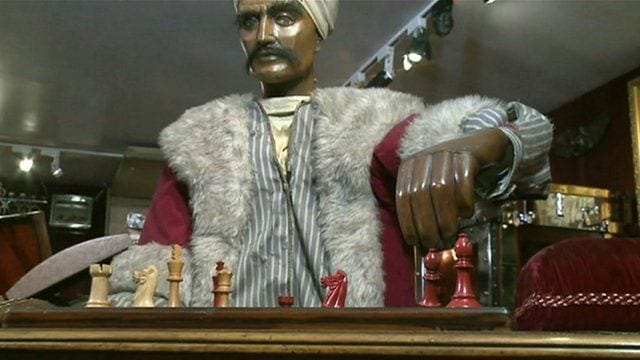
Seemingly impossible machines have always fascinated people. In the 1700s, automata were widely admired. In 1769, a Hungarian nobleman built the Great Chess Automaton, known as the Turk. It was a wooden figure in Turkish clothes that emerged from a large box.
Billed as a thinking machine, it played chess against human opponents. Clever deceptions made it seem like a machine, but the secret was a chess master hidden inside the box, moving magnetic chess pieces.
The Great Stock Exchange Hoax
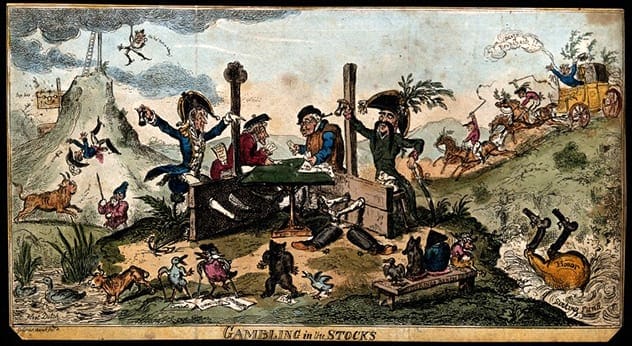
In 1814, a man in a British military uniform announced at an inn that the war was over, Napoleon was dead, and the government restored. People rejoiced, and stocks soared. However, it was a hoax; Napoleon was still alive. An investigation found a scheme to manipulate the London Stock Exchange, and Lord Thomas Cochrane was arrested.
He was later pardoned by the King, as no real evidence was found, and the mastermind was never caught.
Manhattan is Sinking

In 1824, a rumor spread that Manhattan was tilting into the ocean due to new construction. A retired carpenter named Lozier suggested sawing the island in half, towing it out to sea, turning it around, and rejoining it to correct the weight distribution.
Workers responded to the job advertisement, but on the set date, Lozier disappeared, leaving the workers angry and unemployed.
These old-timey hoaxes remind us that deception isn’t new. They highlight how much easier it was to fool people before instant communication and fact-checking became the norm. From giant humans to sinking islands, these tales are a wild ride through history!
Which of these hoaxes surprised you the most? Leave your comment below!


